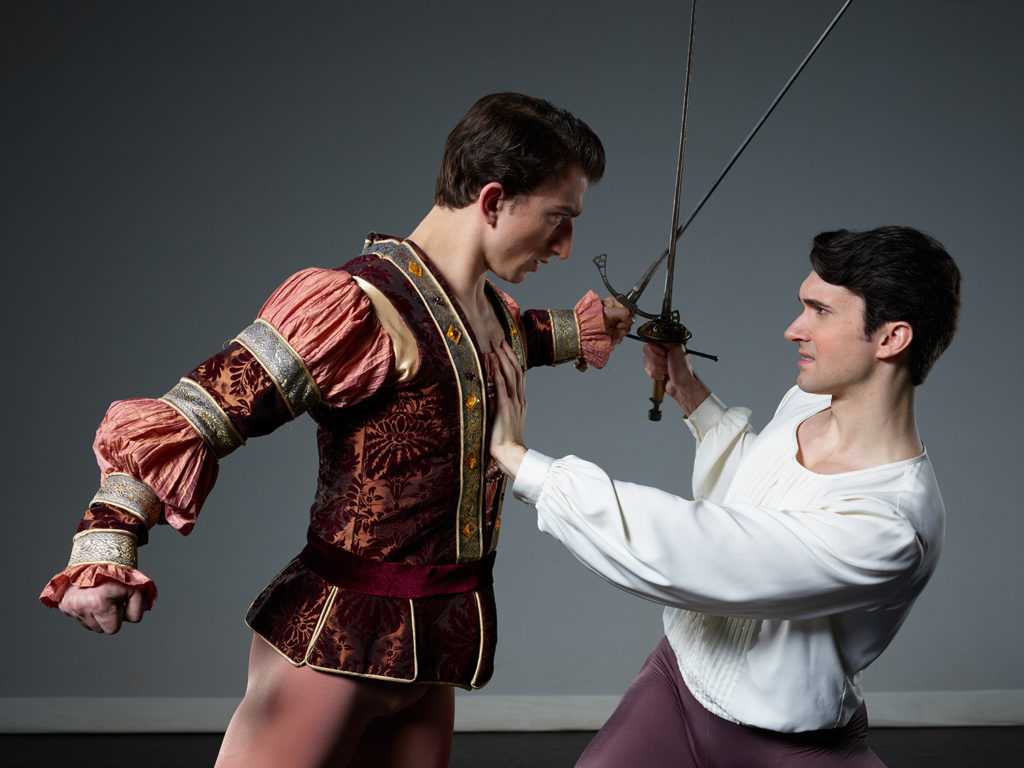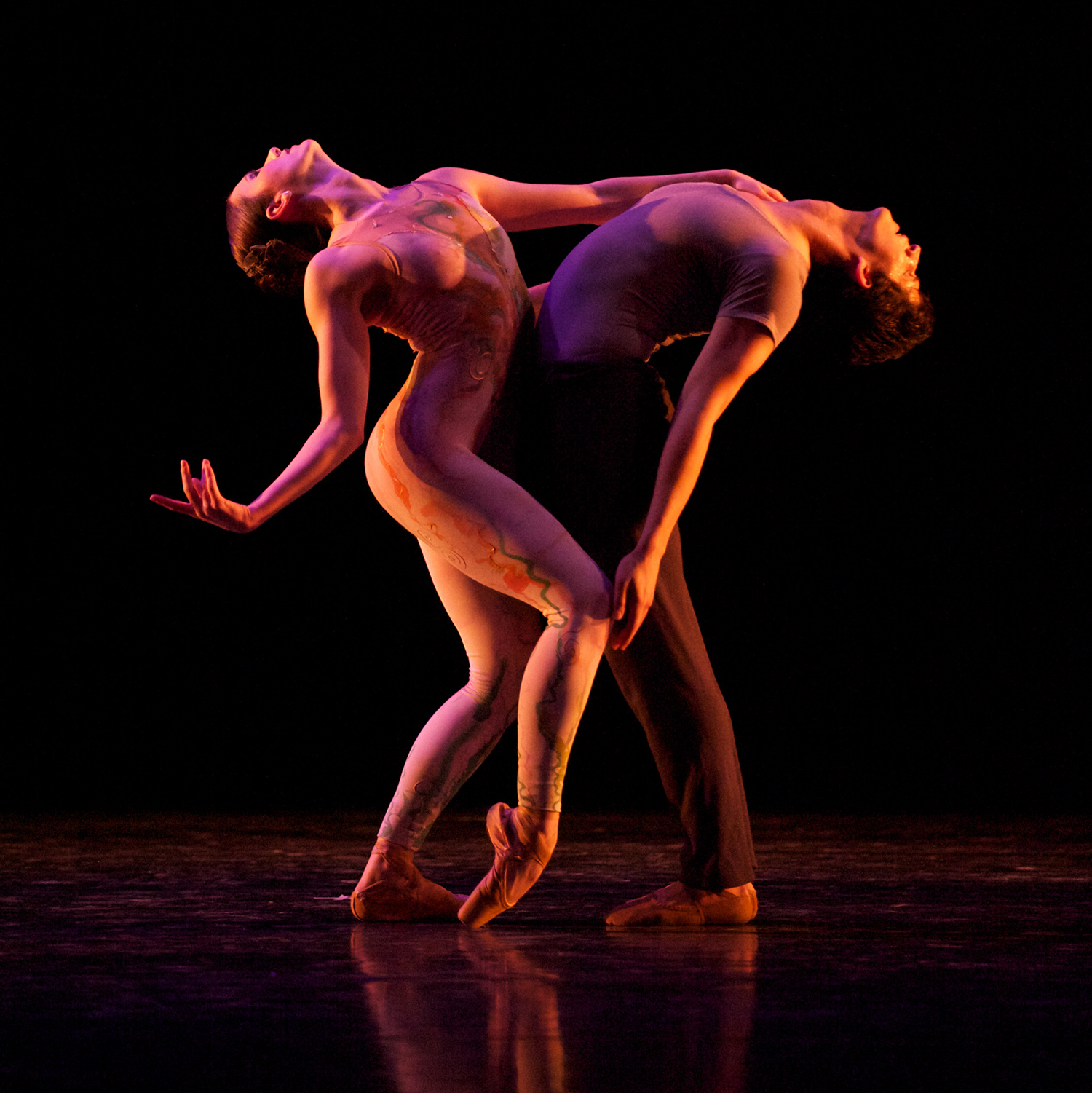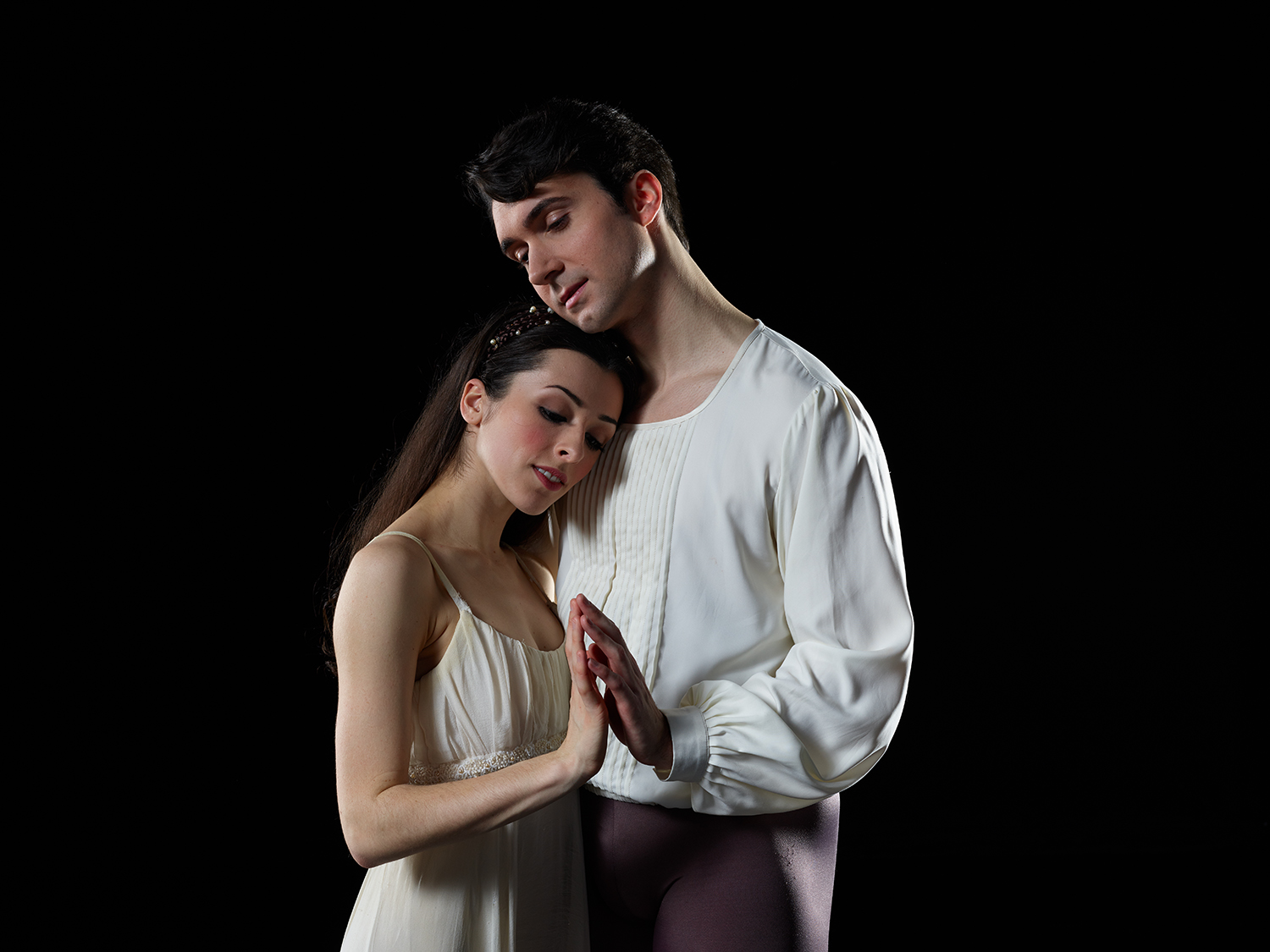Bridging town and gown through dance By Gary Ferrington There has often been a social…
‘Romeo & Juliet’: Eugene Ballet moves to a flaming score
‘Romeo & Juliet’: Eugene Ballet moves to a flaming score
By Matthew Denis
The Eugene Ballet’s interpretation of “Romeo & Juliet” may not include Shakespeare’s quintessential wordplay, but there are real-life sword fights aplenty.
Artistic Director Toni Pimble brought on Master Fencer William Hulings to train dancers in sword work.
“They do appear to be poking their partners,” Pimble said.
Dancers needed to learn all fencing movements including eight different parries and complex terminology. Pugilistic Thibault has the most sword work in the play, even sporting two swords at one point. The swordsmanship, however, is not limited to the male dancers. Four women also take part in the fight scenes.
“In the 16th and 17th centuries, sword fighting was not limited to men,” Pimble said.
It takes quite awhile to train to learn all different forms of fencing. And this for only about two and a half minutes of steel action in “Romeo & Juliet.”
Pimble co-founded the Eugene Ballet Company in 1978 with Riley Grannan and, to date, has choreographed more than 60 works for the Eugene Ballet Company. She choreographed “Romeo and Juliet” in 1984.
Pimble describes her version as inspired by the Shakespearean tragic trope, calamitous misfortune injected with moments of humor, playfulness and unbelievable drama. She was also heavily influenced by the 1968 film “Romeo and Juliet,” by Franco Zefferilli.
Click here to read more about this preview of Romeo & Juliet via the Register-Guard.





